Afghanistan takeover: What happened, what happens next
With the Taliban conquering Afghanistan and sweeping back into power, this is what it means for Australia and its allies.
World
Don't miss out on the headlines from World. Followed categories will be added to My News.
The takeover of Afghanistan by the Taliban has sparked fears for the locals and international community alike.
With the insurgents declaring “the war is over”, we take a look at how they regained power and what the future holds.
What just happened in Afghanistan?
In May this year, the Taliban militia reorganised and re-emerged to take over city after city in the south of the country with the sole aim to conquer Afghanistan and resume control that they had 20 years ago. from that had been driven into hiding by Coalition forces.
Their re-emergence followed an announcement on April 14 by President Joe Biden that the US would withdraw all forces starting that month and ending on September 11.
Why did the US pullout?
President Joe Biden went to the US polls on a pledge to bring his people home after two decades of conflict. He noted that Americans were tired of the expense and personal toll and while supportive of the current Afghan administration, the US and coalition forces had done enough passing on training, expertise in military training and arms and it was time for the Afghan to carve out their own future.
“When I made the decision to end the US military involvement in Afghanistan, I judged that it was not in the national interest of the United States of America to continue fighting this war indefinitely. I made the decision with clear eyes,” he said.
As a skilled politician, Biden made a strong argument for the fact that Afghans had all they needed and were in talks with the Taliban for a power share arrangement. Indeed the US was part of the negotiation team and he was assured a deal for Afghanistan’s future would not be democracy but would be workable. This was all despite his own people telling him the Taliban could not be trusted. No-one imagined just how fast the Taliban could have mobilised and conquered.
Why did Afghanistan fall so quickly to the Taliban?
Despite being armed by US forces and trained by the Australian Defence Force and other Coalition partners, the Afghan Armed Forces put up feeble resistance to the rampaging Taliban, equally heavily armed with weapons smuggled from Iran and Pakistan.
More than 150,000 Taliban troops some as young as 15 years swept firstly through villages and towns before taking over cities.
In many instances the armed forces simply downed weapons and walked away from their bases.
Where they did put up resistance, bitter and bloody fighting took place with significant casualties on both sides.
In June, more than 150 Afghan soldiers are killed in just 24 hours of fighting as the Taliban attacked in 26 of the country’s 34 provinces.
The UN said more than 2400 civilians were killed in the first two months of fighting.

Who are the Taliban in 2021?
Before the 2001 invasion, the Taliban held control over about three quarters of Afghanistan as they sought to impose a strict interpretation of Islam.
The forces and leadership dispersed as Coalition forces supported the government’s push.
In 2016 hard line cleric Mawlawi Hibatullah Akhundzada began forming a new Taliban, ostensibly to have some form of power sharing but ultimately moved to recruit more than 150,000 fighters largely from the Pashtun areas of the eastern and south of the country and all schooled in a strict version of Sharia law which prior to 2001 saw them massacre thousands of local Afghans, banning women from work and schools and destroying homes and crops of those who did not submit then conducting mass executions and imposing cultural genocide, banning all forms of traditional folk and other music and erasing ancient history.
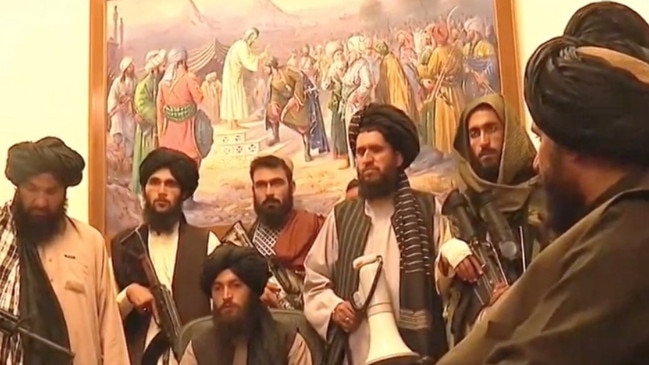
Who is now in charge?
Afghan President Ashraf Ghani fled the country on Sunday as the Taliban entered the city, saying he hoped his departure would halt further bloodshed.
The new government is likely to see the Taliban’s supreme leader Haibatullah Akhundzada take control.
There were reports earlier this year the man had died from Covid but it later emerged his was just sick and had made a full recovery.
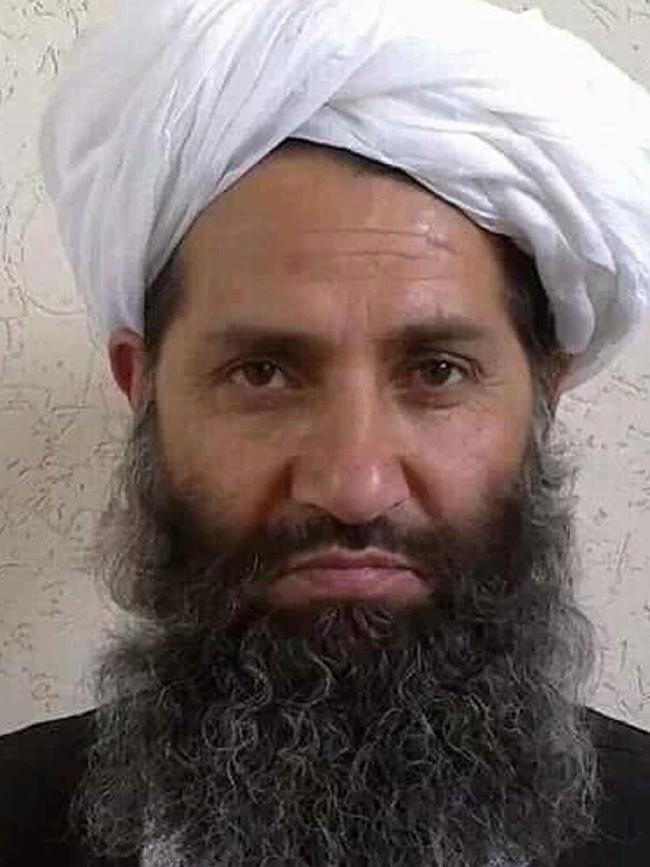
The hardline Sharia law scholar was appointed to head the militant group after a US drone strike killed predecessor Mullah Mansour in 2016.
Haibatullah Akhundzada, who has also survived an assassination attempt by Afghan intelligence forces, had long been a spiritual leader but and with no military background was seen by some as an unlikely leader but as a staunch religious man quickly attracted the public support of al-Qaeda chief Ayman al-Zawahiri.
He didn’t need a military background though with the Taliban sweep led by Mullah Yaqoob, son of the Taliban’s founder Mullah Omar.
Co-founder of the Taliban Mullah Abdul Ghani Baradar was the Taliban’s chief political negotiator who led the talks with the Afghans and the Americans on coalition forces withdrawal.
The designated Haqqani Network terror group leader Sirajuddin Haqqani has been deputy Taliban leader for years and is also likely to have a prominent leadership role. His hate for the West is what analysts fear will lead to a resurgence of terrorism and attacks and Afghanistan again evolving into a base of networked terror organisations.

What do the Taliban want now?
The Taliban want to control Afghanistan and bring back a strict form of Islamic Sharia law. Since recapturing Kabul, a spokesman claimed they no longer wanted to live in isolation and want to establish international relations.
“We ask all countries and entities to sit with us to settle any issues,” spokesman Mohammad Naeem said.
Curiously he added that the Taliban respected women’s rights and those of minorities but added only as viewed through Sharia.
What’s their link to al Qaeda?
Prior to 2001, the Taliban in semi-control of Afghanistan offered al-Qaeda and splinter terrorist faction groups safe harbour and a base from which to launch any and all attacks against the West and specifically the United States.
Critically they specifically gave sanctuary to Osama bin Laden before and after he co-ordinated the 9/11 terror attacks in the US.
After repeated refusals to hand the terror mastermind and his deputies over led to the invasion by US forces, backed by the Afghan Northern Alliance which had been in conflict with the Taliban for years, and later backed by partners including Australia and 40 other nations from NATO.
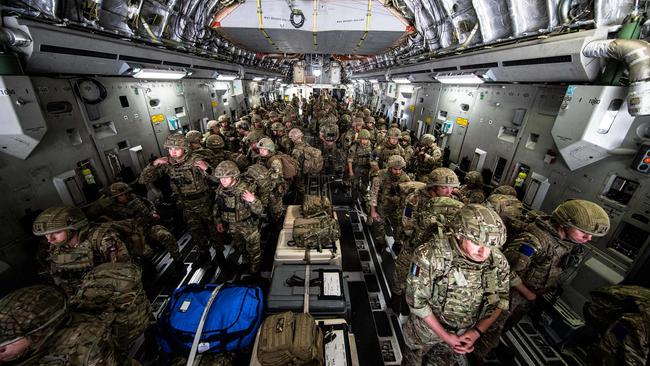
What is Australia’s involvement?
Australia entered the conflict from the start as a key ally of the United States to disrupt the country being used as a terrorist base, oust the Taliban from power and destroy the al-Qaeda network.
For almost 20 years, more than 38,000 ADF troops backed fought in the country firstly under Operation Slipper then the NATO-backed Operation Highroad to help support and build up the Afghan National Defense and Security Forces.
Among their achievements in the latter phase was the establishment of the National Afghan Army Officer Academy which included women. During the Slipper fighting phase, 41 ADF lost their lives.
In May, Australia shut its embassy and a month later the last of an ADF presence also pulled out with just a small monitoring force remaining.
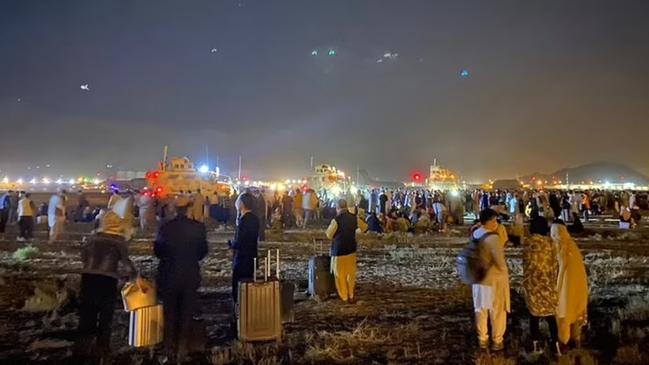
Who is still in Afghanistan?
On July 2, American troops quietly pulled out of their main military base in Afghanistan – Bagram Air Base, just one hour drive from Kabul.
The effective end of their involvement in the conflict spurred the Taliban to drive on toward the capital.
The speed at which the Taliban managed to conquer so much of the country spurred US President Biden to announced a force of 3000 troops would fly back into the country in 24-48 hours to assist in evacuating the last of its embassy staff.
Another force of 4000 troops were deployed to Kuwait and Qatar on standby to assist if needed.
The British Government also announced it was sending 600 troops back to do the same thing and evacuate about 3000 nationals.
Canada and Australia also were flying troops back to co-ordinate the evacuation of their remaining citizens as well as local Afghans who acted as interpreters for their armed forces, and their families.
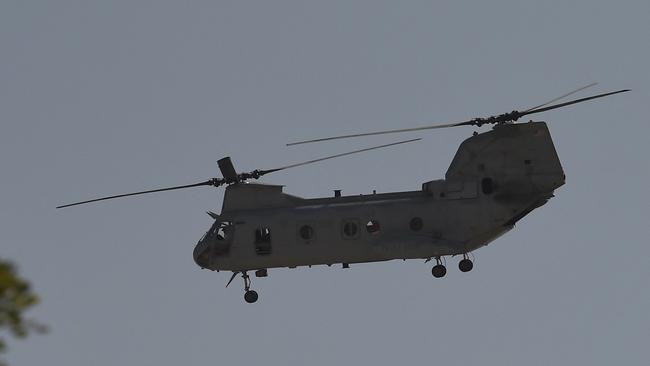
Already 400 families had been resettled in Australia with another 1800 issued visas and preparing to evacuate.
Germany, France and the Netherlands were among countries moving diplomatic personnel from their embassy in Kabul to the airport ahead of evacuation.
Denmark, Italy, Spain, Norway and Finland are temporarily shutting their Kabul embassies, with Finland offering asylum to 170 local staff and their families.
France has already resettled 600 Afghans.

What can we expect will happen next?
With the Afghan Government formerly surrendering and in the process of handing over power to the Taliban, foreign nationals are still being evacuated via Kabul airport.
The Taliban has pledged there will be no more bloodshed and safe passage is guaranteed by coalition forces are taking no chances as helicopters and aircraft, military and commercial, move thousands out to neighbouring Middle East countries under armed escort.
It is expected this safe passage will continue after which the Taliban will formally announce its government and the reimposing of strict laws, both social and religious, under the guise of needing enhanced safety and security.
It’s former pariah terrorist organisations will again be given safe haven in the country and nations like Iran and Russia likely to re-establish informal alliances.
The nation is again expected to be a haven for terrorists and networks looking for a base from which to launch strikes at the West and specifically those who took part in ousting them including the US, Australia and NATO nations.
Originally published as Afghanistan takeover: What happened, what happens next
Read related topics:Explainers



